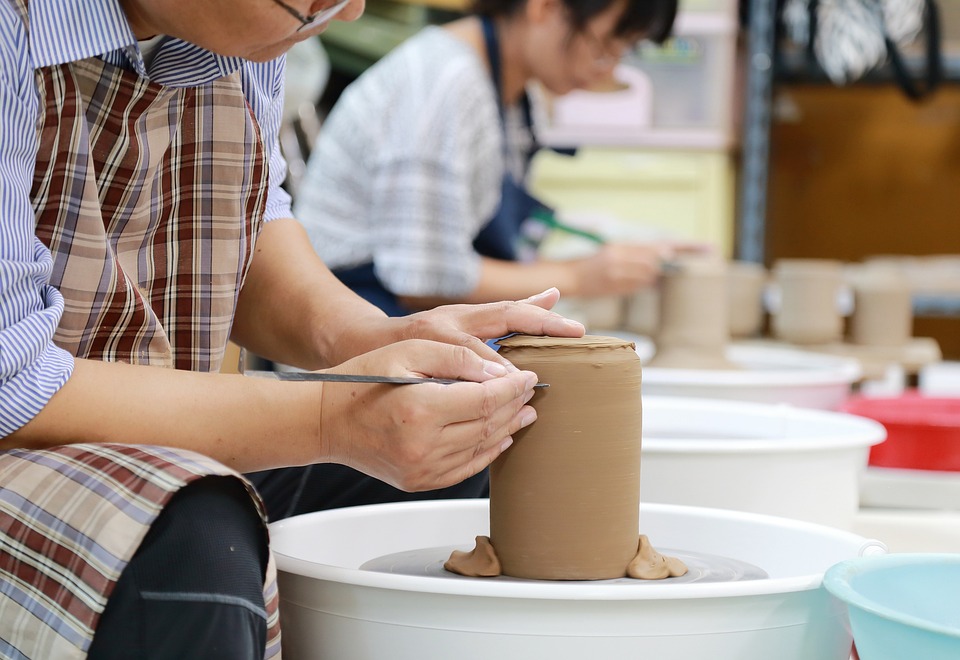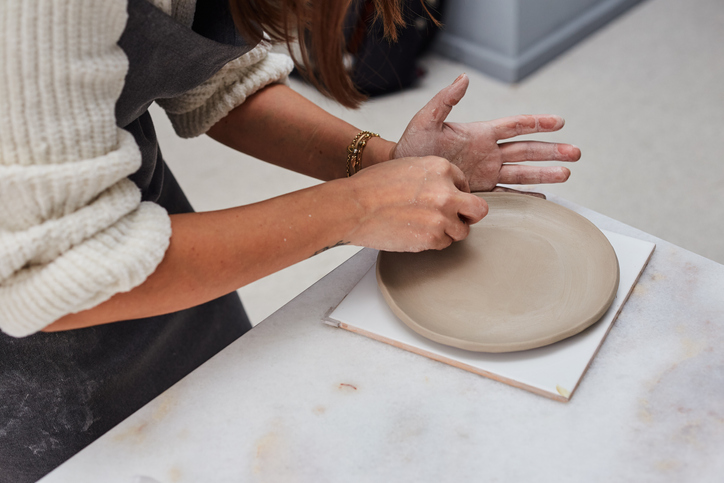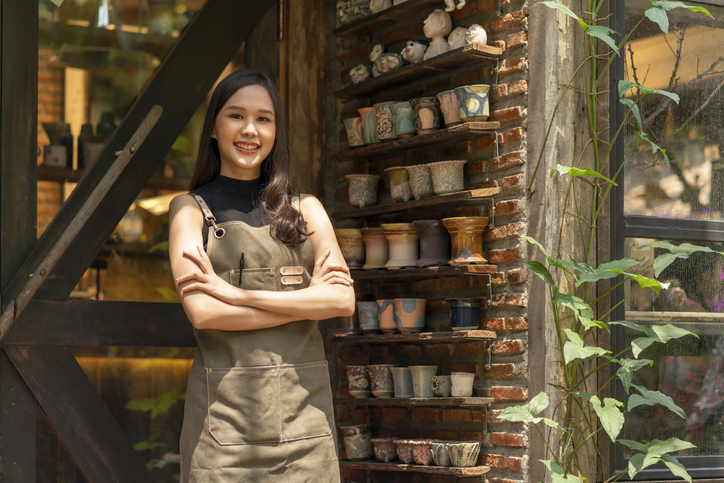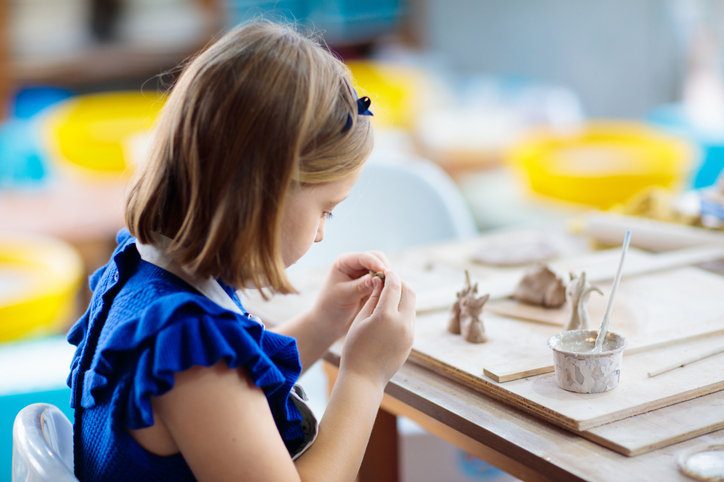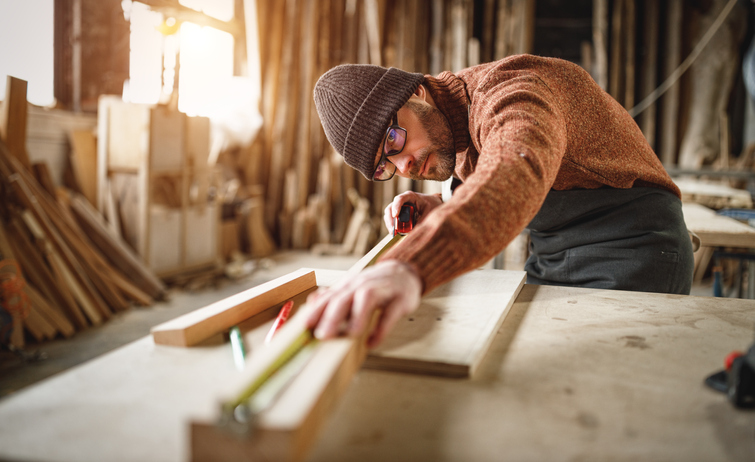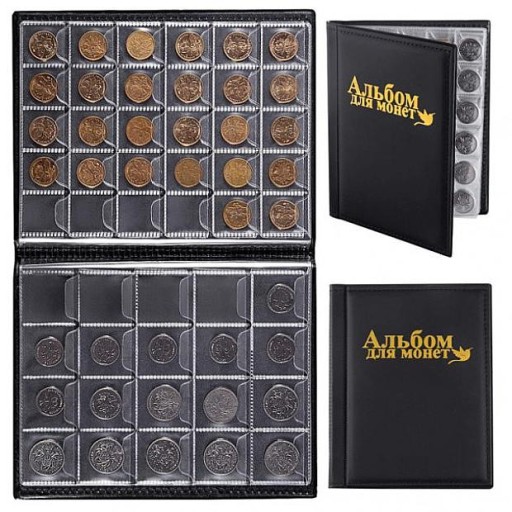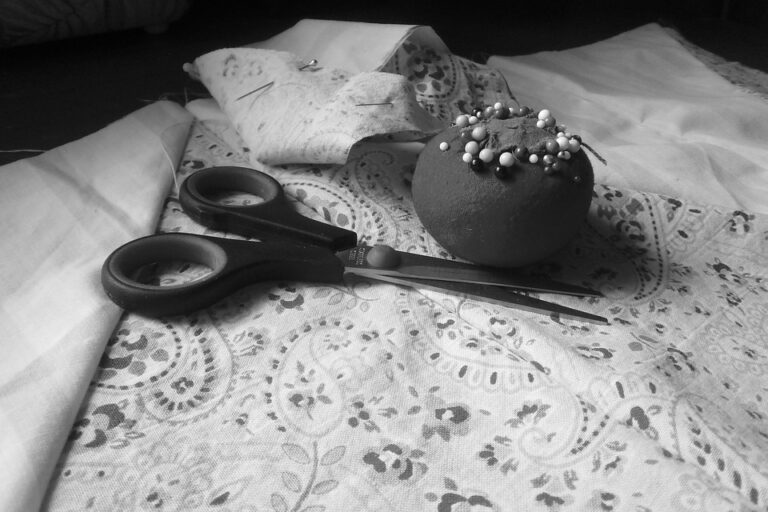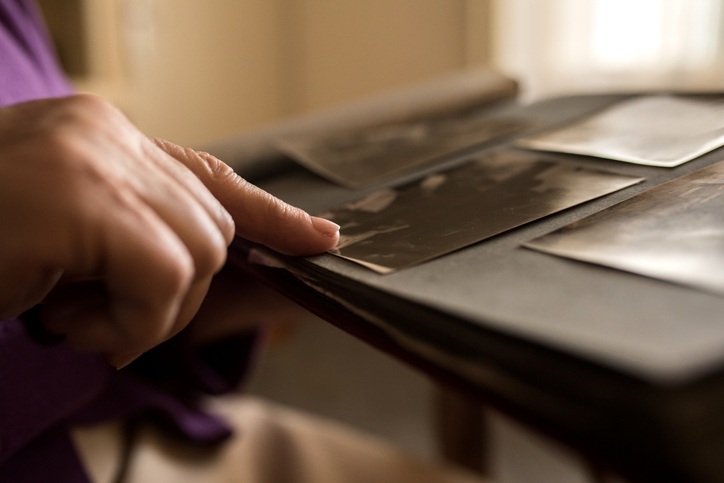Pottery as a Hobby: A Beginner’s Guide to Expressing Creativity with Clay
Pottery has been an integral part of human civilization and culture for thousands of years. This beautiful art form allows you to express your creativity, while also producing functional or decorative objects that can last a lifetime. If you’re considering pottery as a new hobby, this comprehensive guide will provide you with the essential steps and knowledge needed to get started with clay.
1. Introduction to Pottery
Pottery is the age-old practice of shaping and forming clay into various objects before firing them in a kiln for hardening. The history of pottery dates back thousands of years and spans across civilizations worldwide – from the ancient Greek amphorae to modern ceramic vases. This timeless art form continues to captivate individuals today, offering an enriching creative outlet that combines both aesthetics and utility.
2. Understanding Different Types of Clay
Before diving into your pottery hobby, it’s crucial first to understand the different types of clay available for use. Each type comes with its own characteristics that influence how it behaves during shaping, drying, and firing processes.
The two main types are earthenware and stoneware:
- Earthenware is generally easier for beginners due to its lower firing temperature and softer texture which makes it easier to shape.
- Stoneware requires higher firing temperatures but results in more durable pieces suitable for everyday functional items like dishes or mugs.
Experimenting with different types of clay can help you discover your preferred medium based on their unique properties.
3. Essential Tools & Materials
Getting started in pottery requires some essential tools:
- A pottery wheel is used for throwing – shaping the clay while it spins.
- Various shaping tools like ribs (for smoothing), wooden modeling tools (for detailing), wire cutters (for slicing) are needed for refining your creations.
- You’ll need a kiln – this oven-like device heats up your creations at high temperatures turning them from soft clay into hardened ceramics.
- Glazes are used after the initial bisque fire adding color, texture, or finish on your pieces before they go through another round in the kiln called glaze fire.
Remember that safety equipment such as aprons and goggles should be worn during certain processes like glazing or loading/unloading the kiln!
4: Preparing Your Clay
Before starting on any project, preparing your clay properly is critical:
- Wedging – This process involves kneading the material much like dough; this aligns all particles uniformly while removing air bubbles preventing potential cracks during drying or firing phases.
- Shaping – After wedging comes shaping where you mold them into workable forms such as balls (for wheel throwing) or slabs (for hand building).
5: Basic Pottery Techniques
With all preparations done let’s explore some fundamental techniques:
- Hand-building techniques include pinch pots (shaping by pinching), coil pots (using rolled coils), slab construction (using flat slabs). These methods offer unique ways allowing endless creativity in creating various forms using just hands!
- Wheel throwing is another technique that requires a pottery wheel. This method allows for creating symmetrical and precisely shaped pieces like bowls or vases.
6: Learning Resources
If you’re interested in diving deeper into pottery, there are many resources available to help guide your journey:
- “A Beginner’s Guide to Pottery: Getting Started with Clay” is an excellent book that offers a comprehensive introduction to pottery. It starts with the basics of working with clay and gradually guides you through different techniques and projects.
- Online platforms such as YouTube offer numerous tutorials from beginner to advanced levels.
- Local community centers or art schools often provide pottery classes where you can learn from experienced instructors and practice in a fully equipped studio.
7: Setting Up Your Pottery Hobby Studio
While it’s possible to do some basic hand-building at home with minimal tools, having a dedicated space for pottery can greatly enhance your experience. Here are some considerations for setting up your own home studio:
- Space: Ensure that you have enough space not only for working but also for storing tools, materials, and works-in-progress.
- Equipment: Depending on what type of pottery you plan on doing (hand-building vs wheel throwing), different equipment will be necessary.
- Ventilation & Safety: Working with clay is generally safe but when it comes to glazing or firing in kilns proper ventilation is important due to potential fumes released during these processes.
Remember that starting small is perfectly okay! As you continue exploring this hobby, your studio can grow along with your skills and interests.
8: Joining the Pottery Hobby Community
Pottery doesn’t have to be a solitary hobby – joining local or online communities can provide valuable support as well as inspiration. Sharing experiences, tips, or simply appreciating each other’s work can enrich your hobby even more!
Conclusion:
Embracing pottery as a hobby opens up an endless world of creativity where every piece created reflects a part of yourself – whether it’s a simple bowl handcrafted for morning cereal or an intricate vase displaying flowers. The joy derived from transforming humble clay into something beautiful by one’s own hands is truly unmatched. Whether you’re seeking creative expression or mindful relaxation through this tactile medium – happy potting! Let this ancient craft bring new joy into modern life.

